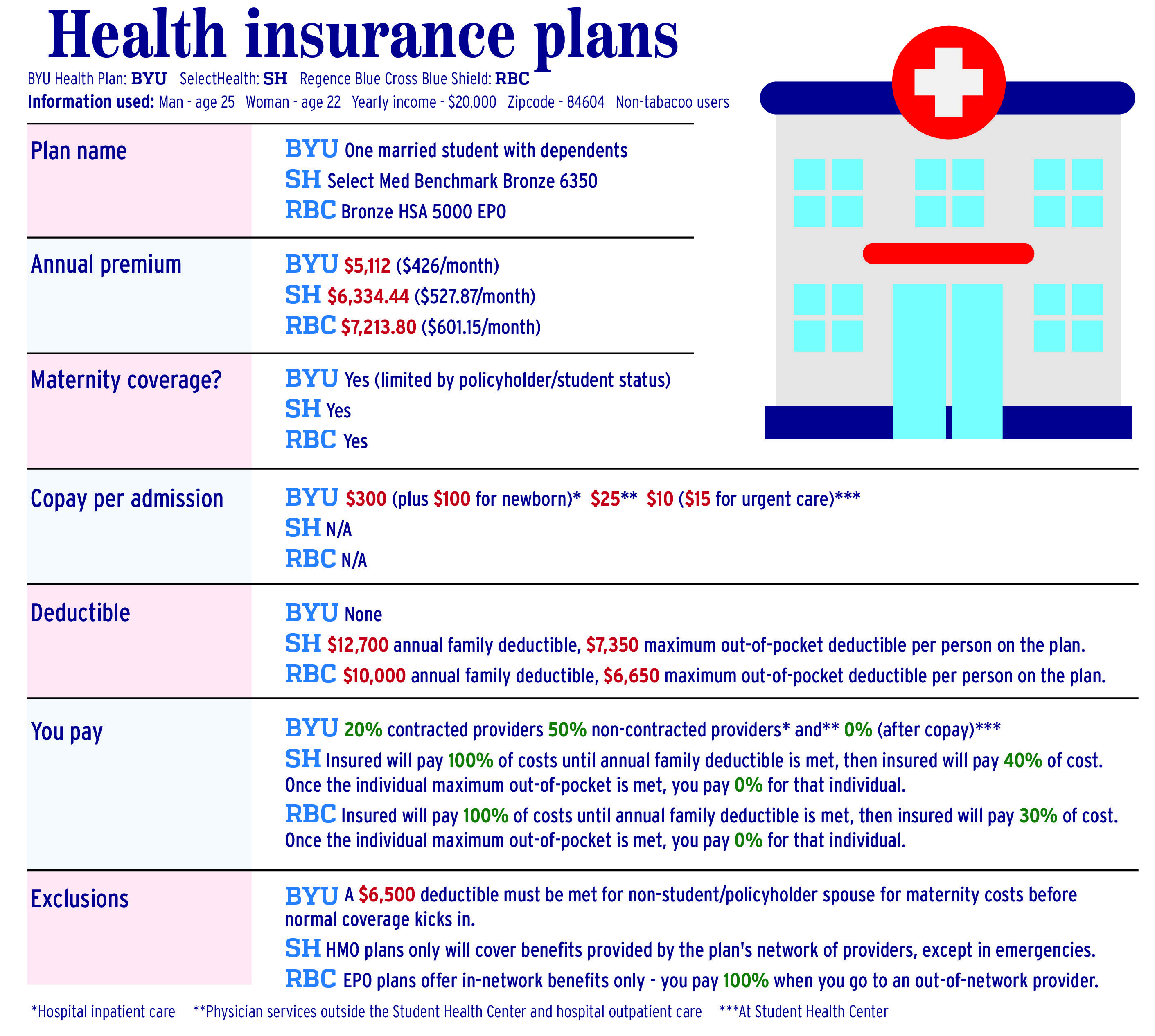A trainee as soon as differed with him and when Dr. Sigerist asked him to quote his authority, the student screamed, "You yourself said so!" "When?" asked Dr. Sigerist. "3 years earlier," answered the student. "Ah," stated Dr. Sigerist, "3 years is a very long time. I have actually changed my mind given that then." I think for me this speaks with the changing tides of viewpoint which whatever is in flux and available to renegotiation.
Much of this talk was paraphrased/annotated straight from the sources below, in particular the work of Paul Starr: Bauman, Harold, "Bordering On National Medical Insurance considering that 1910" in Changing to National Healthcare: Ethical and Policy Issues (Vol. 4, Principles in an Altering World) edited by Heufner, Robert P. and Margaret # P.

" Boost President's Strategy", Washington Post, p. A23, February 7, 1992. Brown, Ted. "Isaac Max Rubinow", (a biographical sketch), American Journal of Public Health, Vol. 87, No. 11, pp. 1863-1864, 1997 Danielson, David A., and Arthur Mazer. "The Massachusetts Referendum for a National Health Program", Journal of Public Health Policy, Summer 1986.
" Your Home of Falk: The Paranoid Design in American House Politics", American Journal of Public Health", Vol. 87, No. 11, pp. 1836 1843, 1997. Falk, I (what is single payer health care).S. "Propositions for National Health Insurance Coverage in the U.S.A.: Origins and Advancement and Some Point Of Views for the Future', Milbank Memorial Fund Quarterly, Health and Society, pp.

Gordon, Colin. "Why No National Medical Insurance in the US? The Limitations of Social Arrangement in War and Peace, 1941-1948", Journal of Policy History, Vol. 9, No (how much would universal health care cost). 3, pp. 277-310, 1997. "History in a Tea Wagon", Time Publication, No. 5, pp. 51-53, January 30, 1939. Marmor, Ted. "The History of Healthcare Reform", Roll Call, pp.
Navarro, Vicente. "Medical History as a Reason Rather than Description: Critique of Starr's The Social Change of American Medication" International Journal of Health Services, Vol. 14, No. 4, pp. 511-528, 1984. Navarro, Vicente. "Why Some Nations Have National Health Insurance Coverage, Others Have National Health Service, and the United States has Alcohol Detox Neither", International Journal of Health Services, Vol.
How What Is Health Care Delivery System can Save You Time, Stress, and Money.
3, pp. 383-404, 1989. Rothman, David J. "A Century of Failure: Healthcare Reform in America", Journal of Health Politics, Policy and Law", Vol. 18, No. 2, Summertime 1993. Rubinow, Isaac Max. "Labor Insurance Coverage", American Journal of Public Health, Vol. 87, No. 11, pp. 1862 1863, 1997 (Originally published in Journal of Political Economy, Vol.
362-281, 1904). Starr, Paul. The Social Transformation of American Medicine: The increase of a sovereign profession and the making of a vast industry. Basic Books, 1982. Starr, Paul. "Improvement in Defeat: The Altering Objectives of National Medical Insurance, 1915-1980", American Journal of Public Health, Vol. 72, No. 1, pp. 78-88, 1982 - which of the following is not a result of the commodification of health care?.
" Crisis and Change in America's Health System", American Journal of Public Health, Vol. 63, No. 4, April 1973. "Toward a National Treatment System: II. The Historic Background", Editorial, Journal of Public Health Policy, Autumn 1986. Trafford, Abigail, and Christine Russel, "Opening Night for Clinton's Plan", Washington Post Health Publication, pp.
The United States does not have universal medical insurance protection. Nearly 92 percent of the population was estimated to have coverage in 2018, leaving 27.5 million individuals, or 8.5 percent of the population, uninsured. 1 Movement towards protecting the right to healthcare has actually been incremental. 2 Employer-sponsored health insurance was presented throughout the 1920s.
In 2018, about 55 percent of the population was covered under employer-sponsored insurance. 3 In 1965, the very first public insurance programs, Alcohol Rehab Center Medicare and Medicaid, were enacted through the Social Security Act, and others followed. Medicare. Medicare ensures a universal right to healthcare for persons age 65 and older. Eligible populations and the variety of benefits covered have actually slowly broadened.
All beneficiaries are entitled to traditional Medicare, a fee-for-service program that provides hospital insurance (Part A) and medical insurance coverage (Part B). Because 1973, beneficiaries have actually had the choice to receive their coverage through either traditional Medicare or Medicare Advantage (Part C), under which individuals enroll in a personal health care company (HMO) or handled care company (which of the following are characteristics of the medical care determinants of health?).
Some Known Factual Statements About When Does Senate Vote On Health Care Bill
Medicaid. The Medicaid program initially gave states the alternative to receive federal matching funding for offering healthcare services to low-income households, the blind, and individuals with impairments. Protection was slowly made necessary for low-income pregnant women and infants, and later for kids approximately age 18. Today, Medicaid covers 17.9 percent of Americans.
People require to apply for Medicaid coverage and to re-enroll and recertify annually. As of 2019, more than two-thirds of Medicaid beneficiaries were enrolled in managed care organizations. 4 Children's Medical insurance Program. In 1997, the Children's Medical insurance Program, or CHIP, was created as a public, state-administered program for kids in low-income households that earn excessive to receive Medicaid however that are unlikely to be able to pay for personal insurance.
5 In some states, it runs as an extension of Medicaid; in other states, it is a separate program. Budget-friendly Care Act. In 2010, the passage of the Client Security and Affordable Care Act, or ACA, represented the biggest growth to date of the federal government's function in funding and controling health care.
The ACA led to an approximated 20 million acquiring protection, reducing the share of uninsured grownups aged 19 to 64 from 20 percent in 2010 to 12 percent in 2018.6 The federal government's responsibilities consist of: setting legislation and national techniques administering and paying for the Medicare program cofunding and setting fundamental requirements and guidelines for the Medicaid program cofunding CHIP financing health insurance coverage for federal employees in addition to active and past members of the military and their families regulating pharmaceutical products and medical gadgets running federal marketplaces for personal health insurance providing premium subsidies for personal market coverage.
The ACA established "shared obligation" among government, employers, and individuals for guaranteeing that all Americans have access to inexpensive and good-quality health insurance. The U.S. Department of Health and Human Being Providers is the federal government's principal agency included with healthcare services. The states cofund and administer their CHIP and Medicaid programs according to federal guidelines.
They likewise help finance health insurance for state employees, manage personal insurance, and license health specialists. Some states likewise manage health insurance for low-income citizens, in addition to Medicaid. In 2017, public costs represented 45 percent of total health care spending, or around 8 percent of GDP. Federal costs represented 28 percent of overall healthcare spending.
The smart Trick of What Is A Single Payer Health Care System That Nobody is Talking About
The Centers for Medicare and Medicaid Providers is the largest governmental source of health coverage financing. Medicare is financed through a combination of general federal taxes, a compulsory payroll tax that pays for Part A (hospital insurance coverage), and private premiums. Medicaid is mostly tax-funded, with federal tax profits representing two-thirds (63%) of expenses, and state and local earnings the rest.
CHIP is funded through matching grants offered http://riverhvpy410.huicopper.com/the-basic-principles-of-where-are-most-personal-health-care-services-provided by the federal government to states. A lot of states (30 in 2018) charge premiums under that program. Investing in personal medical insurance represented one-third (34%) of total health expenses in 2018. Personal insurance is the main health coverage for two-thirds of Americans (67%).